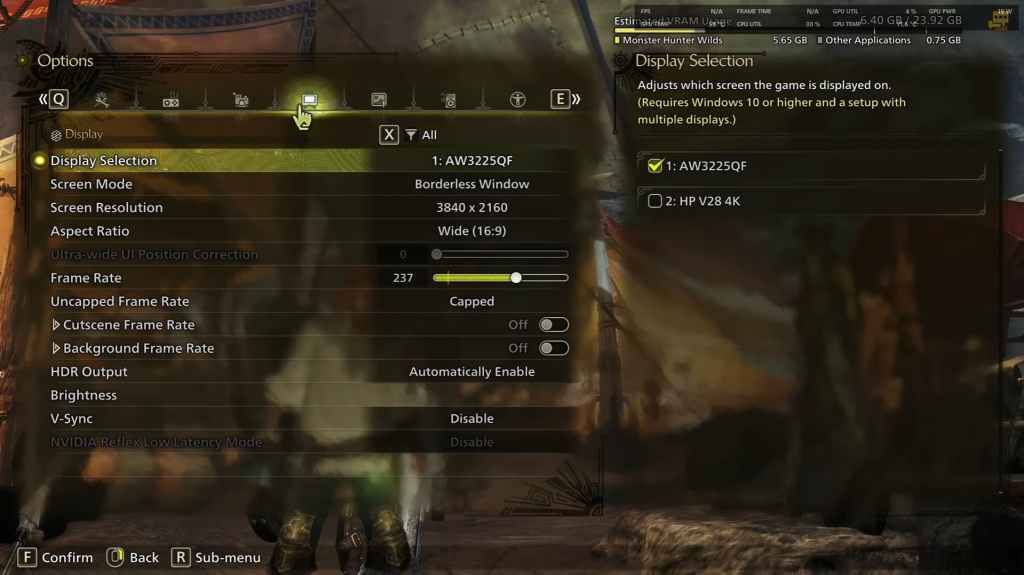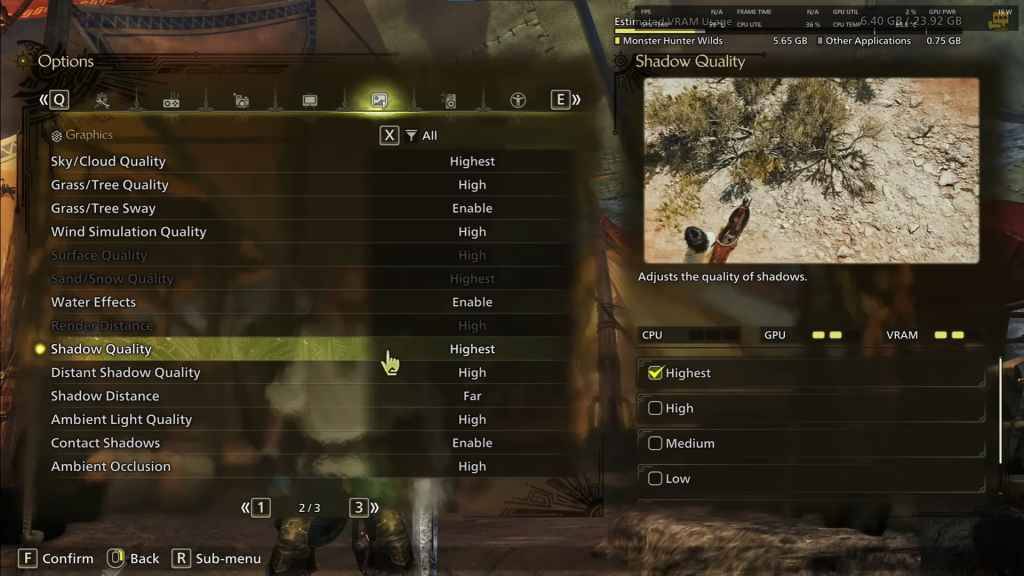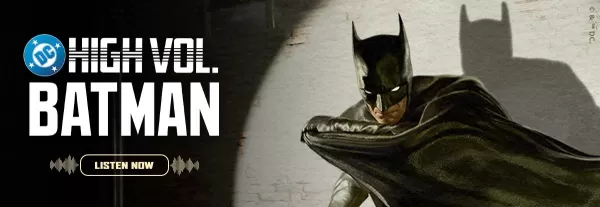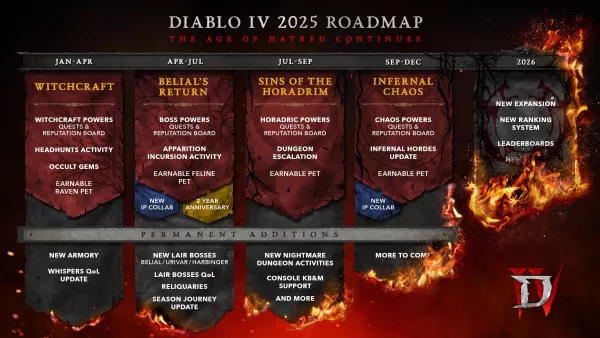by Isaac Apr 06,2025
*Monster Hunter Wilds* is a visually stunning game that pushes the boundaries of graphics and performance. Achieving the best visual experience while maintaining smooth gameplay can be tricky, but with the right settings, you can enjoy the game at its finest. Below are the recommended graphics settings for *Monster Hunter Wilds* to help you optimize your experience.
To ensure you can run *Monster Hunter Wilds* at higher resolutions or with maximum settings, you'll need a robust system. Here are the minimum and recommended system requirements:
| Minimum Requirements | Recommended Requirements |
| OS: Windows 10 or newer CPU: Intel Core i5-10600 / AMD Ryzen 5 3600 Memory: 16GB RAM GPU: NVIDIA GTX 1660 Super / AMD Radeon RX 5600 XT (6GB VRAM) DirectX: Version 12 Storage: 140GB SSD required Performance Expectation: 30 FPS @ 1080p (upscaled from 720p) | OS: Windows 10 or newer CPU: Intel Core i5-11600K / AMD Ryzen 5 3600X Memory: 16GB RAM GPU: NVIDIA RTX 2070 Super / AMD RX 6700XT (8-12GB VRAM) DirectX: Version 12 Storage: 140GB SSD required Performance Expectation: 60 FPS @ 1080p (Frame Generation enabled) |
Whether you're equipped with a high-end RTX 4090 or a more budget-friendly RX 5700XT, optimizing your graphics settings in *Monster Hunter Wilds* can significantly enhance your gaming experience. The difference between Ultra and High settings is often minimal visually but can greatly impact performance.


| Setting | Recommended | Description |
| Sky/Cloud Quality | Highest | Enhances atmospheric detail |
| Grass/Tree Quality | High | Affects vegetation detail |
| Grass/Tree Sway | Enabled | Adds realism but minor performance hit |
| Wind Simulation Quality | High | Improves environmental effects |
| Surface Quality | High | Details on the ground and objects |
| Sand/Snow Quality | Highest | For detailed terrain textures |
| Water Effects | Enabled | Adds reflections and realism |
| Render Distance | High | Determines how far objects are rendered |
| Shadow Quality | Highest | Improves lighting but is demanding |
| Distant Shadow Quality | High | Enhances shadow detail at distance |
| Shadow Distance | Far | Controls how far shadows extend |
| Ambient Light Quality | High | Enhances shadow detail at a distance |
| Contact Shadows | Enabled | Enhances small object shadowing |
| Ambient Occlusion | High | Improves depth in shadows |
These settings prioritize visual fidelity over raw FPS, which is suitable for *Monster Hunter Wilds* as it's not a competitive game. However, if you're experiencing performance issues, consider reducing settings like Shadows and Ambient Occlusion, which are the most resource-intensive. Additionally, lowering distant shadows, shadow distance, water effects, and sand/snow quality can help manage VRAM usage.
Not everyone has a high-end build capable of running games at 4K. Here are tailored settings for different hardware tiers to help you achieve smooth gameplay:
*Monster Hunter Wilds* offers a plethora of graphical options, but not all impact gameplay equally. If you're struggling with performance, consider reducing settings like shadows, ambient occlusion, and render distance. Budget users can benefit from using FSR 3 upscaling to boost FPS, while high-end builds can handle 4K settings with frame generation enabled.
For the best balance, use a mix of medium to high settings, enable upscaling, and adjust shadows and distance settings according to your hardware capabilities.
And those are the best graphics settings for *Monster Hunter Wilds*.
*Monster Hunter Wilds is available now on PlayStation, Xbox, and PC.*
Mobile Legends: January 2025 Redeem Codes Released
Android Action-Defense
Brutal Hack And Slash Platformer Blasphemous Is Coming To Mobile, Pre-Registration Now Live
Pokémon TCG Pocket Is Dropping a Trade Feature and Space-Time Smackdown Expansion Soon
Pokemon TCG Pocket: Paralyzed, Explained (& All Cards with ‘Paralyze’ Ability)
Mythical Island Debuts in Pokemon TCG, Time Revealed
Stray Cat Falling: An Evolution in Casual Gaming
Marvel Rivals Showcases New Midtown Map
Konami debuts new Silent Hill f for first-timers
Oct 12,2025

Pokémon TCG Faces Shortages Amid Scalping Post-Destined Rivals
Oct 12,2025

Batman Podcast Unveils Companion Series
Oct 12,2025

Diablo 4 Roadmap Upsets Fans, Puzzles Ex-Blizz Boss
Oct 11,2025

Avowed vs Oblivion: Can the Classic Still Compete?
Oct 11,2025